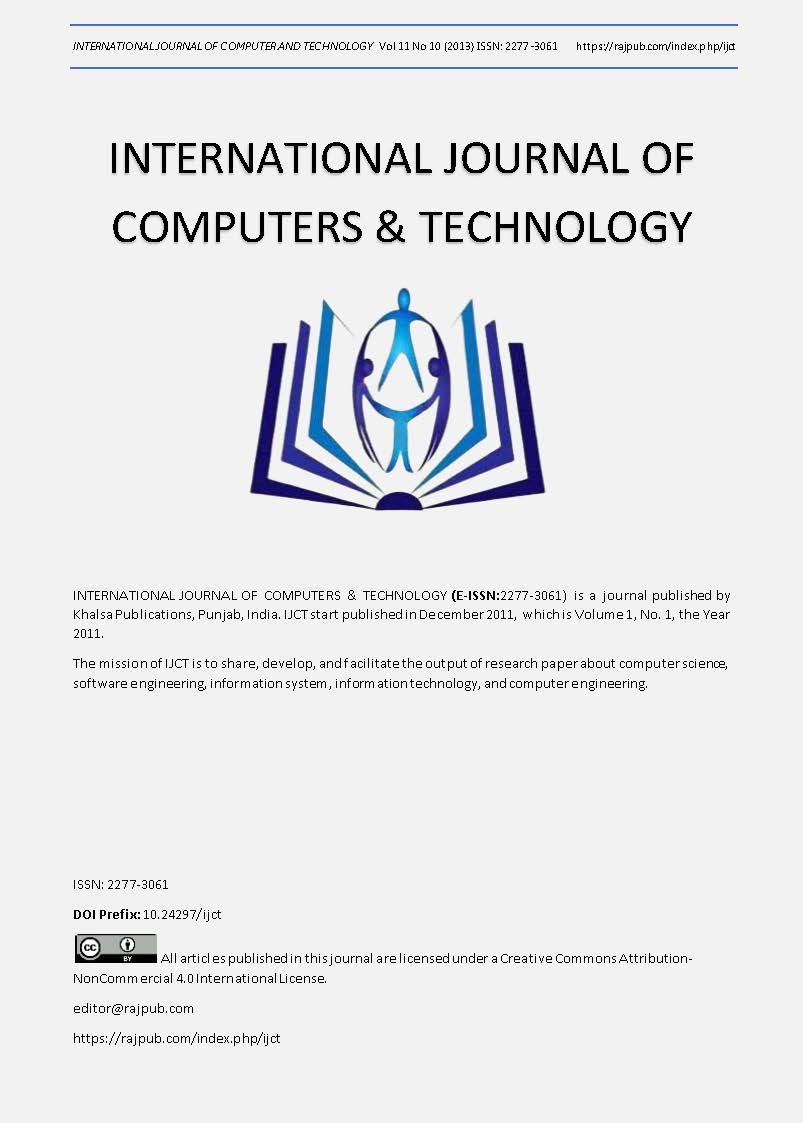Performance Analysis and Evaluation of Hybrid Network using different Integrated Routing Protocols
DOI:
https://doi.org/10.24297/ijct.v11i10.2978Abstract
The increasing demand of computer communication networks are growing rapidly day by day. With the growing need to distribute applications across multiple networks and the availability of high capacity, high-performance intermediate switching nodes, and networks, an efficient routing mechanism has become the core requirement. This research primarily focuses on the design and performance of Hybrid Network incorporating different intra-domain routing algorithms. The performance evaluation of different routing algorithms for the transmission of video- and voice-data streams over Hybrid network is demonstrated in this work.. This allows multiple Ethernet point-to-point links to be bundled into one logical full-duplex channel for Fast Ethernet (10BaseT, 100BaseT, or 1000BaseX). These applications require some QoS support such as guaranteed bandwidth, less delay, less jittering effect and low error rate. The QoS relies on a number of factors along with a suite of robust routing protocols that help to accomplish the task of moving datagram from source to destination with high bandwidth and low delay rate. An effective intra-domain network routing protocol may make distributed applications more efficient across multiple networks with the availability of high capacity and high-performance. A variety of intra-domain routing protocols such as Routing Information Protocol (RIP) and Open Shortest First Protocol (OSPF), Interior Gateway Protocol (IGRP) and Enhanced Interior Gateway Protocol (EIGRP) are available and widely used in designing such high capacity and high performance networks with optimum QoS. We evaluate the performance of these intra-domain routing protocols with IS-IS to recommend the optimum routing protocol to use to provide optimum QoS by means of OPNET Simulator TM. In this thesis work, the following objectives are considered and demonstrated.









